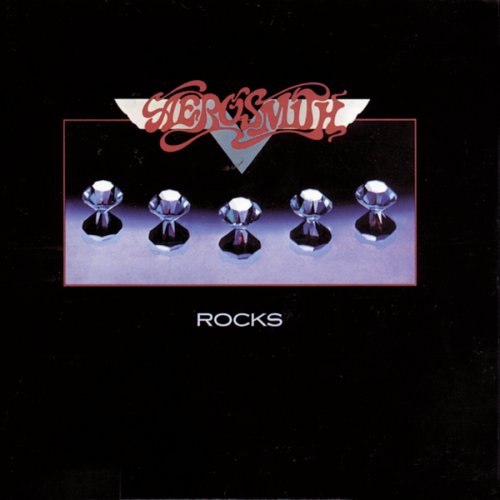
Rocks (1976)

1.Back in the Saddle
2.Last Child
3.Rats in the Cellar
4.Combination
5.Sick as a Dog
6.Nobody's Fault
7.Get the Lead Out
8.Lick and a Promise
9.Home Tonight
Aerosmith’s 1976 album Rocks stands as a compelling artifact in the chronology of hard rock music—one that reveals both the evolutionary refinement of the band’s musical identity and the lasting resonance of their style. While often overshadowed by more commercially visible albums, Rocks exemplifies a deliberate continuity with its predecessor, Toys in the Attic, reasserting the band’s creative vitality through structural familiarity and tonal escalation.
Opening with Back in the Saddle, the album immediately establishes its thematic and musical intentions. The track's iconic riff and assertive lyrics serve not only as a bold declaration of return but as a symbolic reintroduction of Aerosmith’s sonic ambition. It is a deliberate statement: they are not merely continuing but reaffirming their place within the canon of 1970s rock.
Among the selections, Last Child emerges as the album’s standout—a track that embodies the band’s signature blend of groove and aggression. Its rhythmic swagger and melodic contour display a level of compositional maturity, while still retaining the primal energy that characterized earlier works. This balance between sophistication and rawness defines the album’s aesthetic.
In contrast, tracks such as Rats in the Cellar and Combination veer toward an emphasis on visceral power over melodic clarity. Their intensity is unrelenting, and their construction reveals a band operating at the height of its instrumental cohesion. Particularly notable is the manner in which Rats in the Cellar appears to mirror the themes and momentum of Toys in the Attic, perhaps intentionally so, creating a reflective dialogue between the albums.
Side two opens with what may be the album’s most underappreciated entry, Nobody’s Fault. Here, the band achieves a synthesis of lyrical apocalypticism and instrumental precision. Steven Tyler’s vocals reach a peak of expressive force, while Joe Perry’s guitar work offers a controlled yet explosive series of solos. This track alone justifies the album’s elevated status among enthusiasts and critics alike.
The remainder of the record adheres to a cohesive thematic and sonic identity. The concluding track, Home Tonight, provides an unexpected but effective deceleration. Often mistaken for a ballad, it functions more as a denouement—an emotional and temporal release that marks the album’s end with grace rather than spectacle. It is a structurally familiar move, echoing the band’s previous work, yet it retains its own authenticity.
Rocks, then, is not merely a reproduction of past success but a conscious refinement. More than four decades after its release, it retains a sense of immediacy and relevance, a testament to its structural confidence and emotional honesty. In revisiting this album, one recognizes not only the strength of the individual tracks but the intentionality of the whole—a rare achievement in a genre too often driven by transient hits rather than cohesive vision.